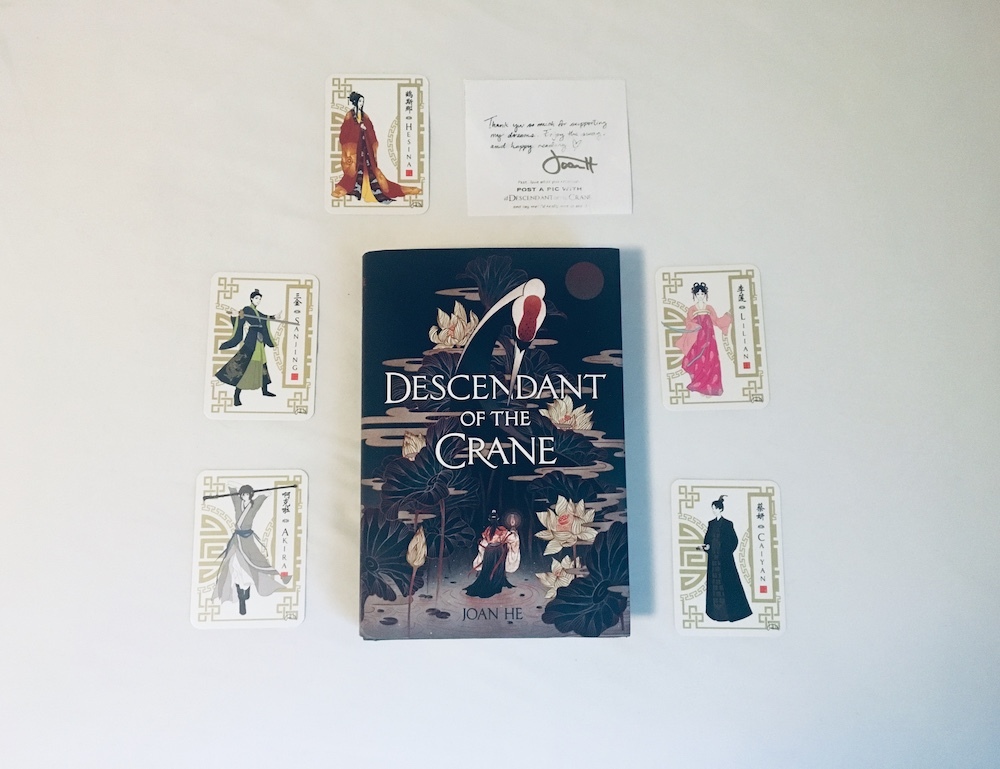Have you ever fallen prey to a beautiful book and bought it simply because it was pretty? It’s no secret that a visually pleasing book is likely to catch the eye of potential readers. Cover designers work hard, and well-made covers are usually responsible for someone stopping to browse. A similar phenomenon happens with preorder gifts, which leave readers desiring more than just the story.
Before diving into preorder gifts as a marketing strategy, let’s discuss the reasons for preordering a book in the first place. If your TBR list is as long as mine, buying a book now versus six months after publication won’t make a difference, especially since used copies might be available at a lower price. And there is always the local library.
The most important reason for preordering is that it helps the author. The more preorders, the more books the bookstores will stock. More stock means more visibility on shelves, which means a higher likelihood that people will see the book and buy it. The second reason is that preordering can be beneficial to the reader, as preorders usually come at a discounted price.
However, consumers are starting to take deals and discounts for granted. In his article “5 Irresistible Customer Incentives,” Sven, a content creator for Userlike, discusses how consumers have come to expect deals and how providing extra value—or incentives—attracts consumers. In the book world, incentives can come in the form of preorder gifts, signed books, special events, and giveaways, among other things. All of these are effective strategies to employ during a preorder campaign.But how does this apply to using incentives as a marketing strategy during preorder campaigns?
The first step to understanding the value of incentives is understanding the reasons consumers make incentive-based purchases. Sven lists scarcity, loss aversion, instant gratification, social conscience appeal, and social proof as five factors involved in a consumer’s decision to purchase a product. If the product is scarce, if consumers feel like they are likely to lose out, if consumers are able to obtain the product quickly and easily, if consumers feel like they are making a difference with their purchase, or if by purchasing that product consumers believe they are making a statement, consumers are more likely to buy the product.
To demonstrate this, I’ll use a purchase of mine as an example. I recently fell victim to Descendant of the Crane by Joan He, which I found while scrolling through my Twitter feed. More specifically, I came across Joan’s post about the gifts—an elegant-looking golden crane bookmark and a handful of beautiful character cards—for her preorder campaign. The beautiful character cards caught my eye and made me want to check out the story. Princess turned queen after the mysterious death of the king? Power struggles? Magic and mystery? Definitely up my alley.
The book was a week away from the pub date, and in her Twitter thread Joan had confirmed that all of the bookmarks were gone. I realized that if I didn’t make my purchase right away, the author might run out of character cards too. That’s the moment I decided to purchase the book—because of scarcity, loss aversion, and instant gratification. In less than three minutes, I had made the purchase and filled out the form to receive my preorder gift.
All that is to say that preorder gifts can serve not only as an extra incentive to preorder the book, but also as the gateway to a new reader. Additionally, they serve as a way to create buzz on social media. When readers see others on social media posting about the same book and receiving their preorder gifts, they will believe the book is good and want to buy it as well (social proof).
Since that purchase, other preorder campaigns have popped up on my timeline, including those for We Hunt the Flame by Hafsah Faizal, Puddin’ by Julie Murphy, and Spin the Dawn by Elizabeth Lim. The possibilities for preorder gifts are unlimited, and these gifts can be approached very creatively depending on the topic of the book.

